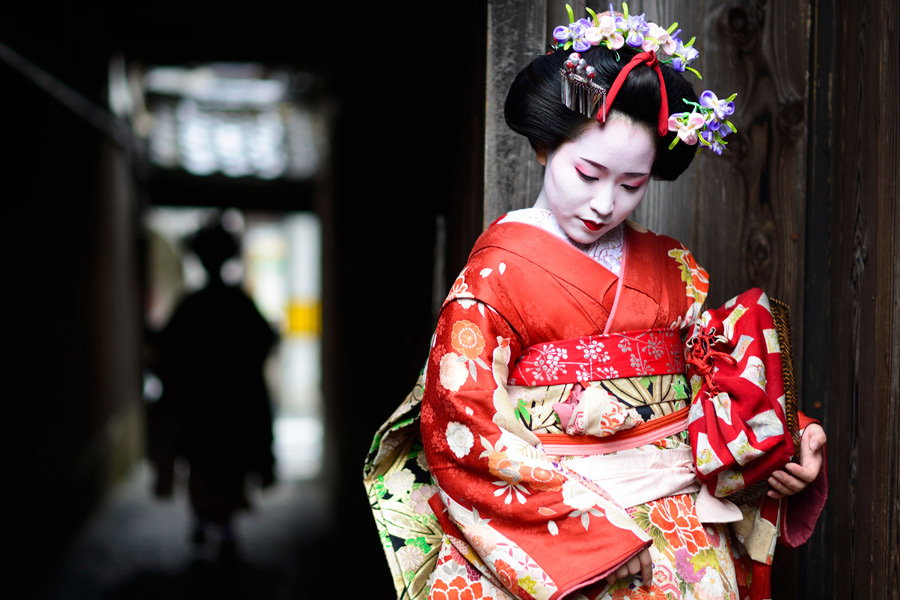[fshow photosetid=72157675839491046]
Many countries have a national costume that identifies the people with their nationality and culture. More and more western ways and products are becoming popular in Asia and clothing is no exception.
However, in many of the countries in Asia, traditional dress is still very important and expected for festivals, religious ceremonies and celebrations. The old and young will don their beautiful, often handmade costume and feel proud to be clothed in their country’s national dress.
The Sri Lankan sarong and sari
On a visit to Sri Lanka, it becomes very apparent that the national costume is the sarong and the sari as you will see the local men and women wearing them on a daily basis. Although it is the national dress of many Asian cultures, the sarong has also been exported into western cultures as beach ware for tourists. These days, western styles of dress are popular but office dress codes, especially for women, favour the national dress. Religious celebrations and festivals still require the Sri Lankan people to dress traditionally and at these times the clothing is sumptuous and ornate and worn with pride.
Generally, the men wear the sarong in several different ways, either tying it around their waist and making a knot in front, wrapping it around like a skirt, or pulling the end between their legs and tucking it into the top of the sarong. They usually wear a sarong with a long sleeve shirt. Sri Lankan women’s national dress is the sari with a tight fitting, short sleeved crop blouse. The textiles for both the sarong and the sari are often handmade locally and are in vibrant colours and patterns, turning the streets into a kaleidoscope of rich hues and textures.
The Japanese kimono
Although the traditional Japanese national dress is sometimes worn, on a day to day basis Japanese people tend to wear western clothing. The national costume is left now primarily for festivals, formal events, weddings and funerals. The most important piece of the Japanese traditional costume, for both men and women, is the kimono, which is a long robe, elaborately tied with a sash. The men’s kimono is simpler than the women’s, often made of coarse cloth in dark colours and less decorated. The women’s kimonos are usually colourful, beautifully ornate and made of thin, delicate fabrics.
With their kimonos, Japanese men wear a half coat with a family crest, and wide trousers worn over the kimono and tied with the traditional sash. For women, the choice of kimonos is more diverse and less straightforward as it depends on the age, marital status and the event it is to be worn at.
The obi, a hand-woven, 13-foot long sash made of silk is a very important part of the traditional attire and the knot is particular again to the age and the occasion and cannot be tied without the help of a dresser. Amazingly, the ‘furisode’ kimono includes up to 35 pieces of clothing and getting dressed is an art in itself! It is therefore understandable that these elaborate costumes are only kept for very special occasions. Both male and female kimonos carry a cultural message of chastity and virtue.
The Vietnamese Ao Dai
Think of Vietnamese national dress and an image of the ubiquitous conical hat comes to mind. It&rsqursquo;s a practical, handmade, bamboo sunshade and has become popular with tourists travelling in the region. In the villages, the conical hat also doubles up as a carrier for fruit and vegetables and a drinking vessel.
As there are around 54 different ethnic groups indigenous to Vietnam, the national dress varies from province to province and from the hills to the plains. Despite the fact that the clothing varies between ethnic groups, the common features are that all the groups’ traditional dress is made of natural cotton, silk or hemp and dyed in bright colours. Colour is also very important for Vietnamese people and denotes status, age and marital status, although this is now adhered to less.
Traditionally, men used to wear a pyjama like tunic with a turban or conical hat, and wooden shoes or sandals. The traditional dress for women is called the ao dai and it is a kind of tight fitting tunic with slits on either side up to the waist, worn over wide, long trousers. On any trip to Vietnam you’ll be met with the sight of strings of female students sailing by on their bicycles dressed in white ao dais and conical hats. The ao dai is tailor made for the women to fit tightly and show the curves of the body. Nowadays, men will also wear an ao dai for celebrations and festivals but it differs from the women’s ao dai in that it is much fuller, shorter and looser.
Additional information
- For a more in depth look and pictures of the sarong and sari check out http://nationalclothing.org/23-nationalclothing/asia/sri-lanka/21-traditional-clothing-of-sri-lanka.html
- To learn more about the Japanese kimono and how it’s worn see: http://www.jnto.go.jp/eng/indepth/cultural/experience/q.html
- For more information and the history of Vietnamese national dress have a look at http://www.vietnamtourism.com/en/index.php/about/items/2258

